Natural Learning
|
Can we have too many rules when working with children? How many rules would be too many rules, how many do we really need? Do we actually need rules? I would suggest the Rule of 3? 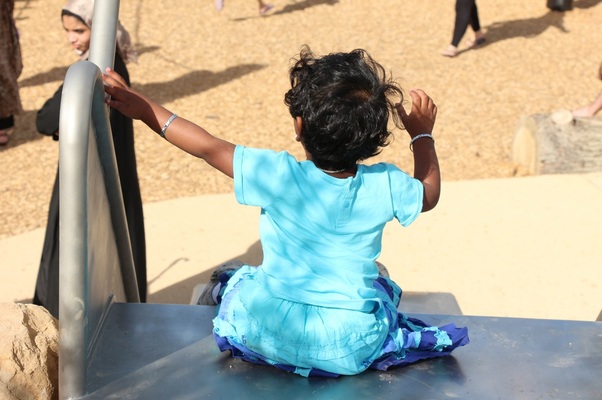 The Humble Slide This simple piece of apparatus attracts more than its fair share of rules:
Sound familiar? This scenario is played out in countless early childcare settings daily. Of course it then needs an educator posted on "slide duty' to enforce the barrage of rules. The minute nobody is monitoring, those 'disobedient' children will climb up the slide and slide down on their tummies!! Imagine that!!! WHY....because children consider these stupid rules made to be challenged. Life consists of boundaries and expectations but do we make far too many adult rules for our young children? How confusing to have different rules in the child care setting, (even between educators), home, grandparents, friends, restaurant, shops ...... no wonder our young children often struggle to follow all in their intricacies. Then there are the rules that are inconsistently followed up - more confusion for our young children! We try and keep children safe but often inadvertently go overboard and extensively 'bubblewrap' so that the opportunity or activity becomes boring with none of the original benefits. Every self respecting child then looks for new and exciting opportunities which may be far more dangerous. In my view the only way we can keep a child safe is by them being able to keep themselves safe. Yes, they are capable and competent and this is where the Rule of 3 comes in. Actually ...... we don't have rules - we have agreements, a concept I took from Teacher Tom Hobson when we worked together in Australia. Reaching agreement with children is far more effective than the adults dictating countless rules. Children have been consulted, they take ownership and it is not just another silly thing adults tell them to do ... nobody likes to be told what to do, I certainly don't! How do we reach agreement on the Rule of 3? To start off we have a meeting with the children to talk about boundaries, preferably as equals, not with the adult sitting on their 'throne'.
When we think about it, all the rules we make are made to protect the children, the adults and the environment. So now that we have reached this agreement, the next time we see a child climbing up the slide we can suggest "remember our agreement? Are you feeling safe? Are you likely to hurt others or damage the slide? No? That's fine then". There will be times when children may not be able to accurately judge the real risk of a hazard and will then need additional adult support and information to keep themselves safe as necessary. In most cases children are trusted and given the opportunity to make decisions to keep themselves and others safe with gentle guidance from the adults. Children then face the consequences of their actions and are able to reflect on how their actions impacted others. So in conclusion, in the Rule of 3 we as a community agree that:
Disclaimer No children were injured in the making of these photographs! Thank you Jeff and Tasha Johnson of Exploration Early Learning for playing here with me!
12 Comments
|
AuthorNiki Buchan Archives
March 2022
Categories |
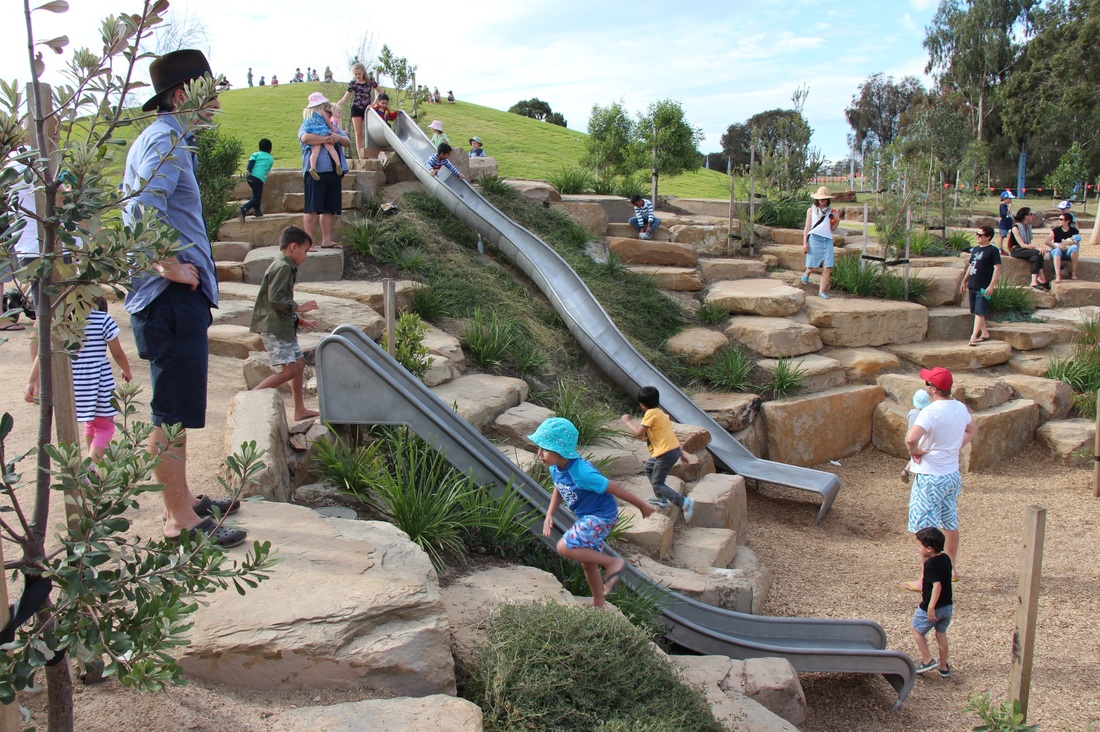

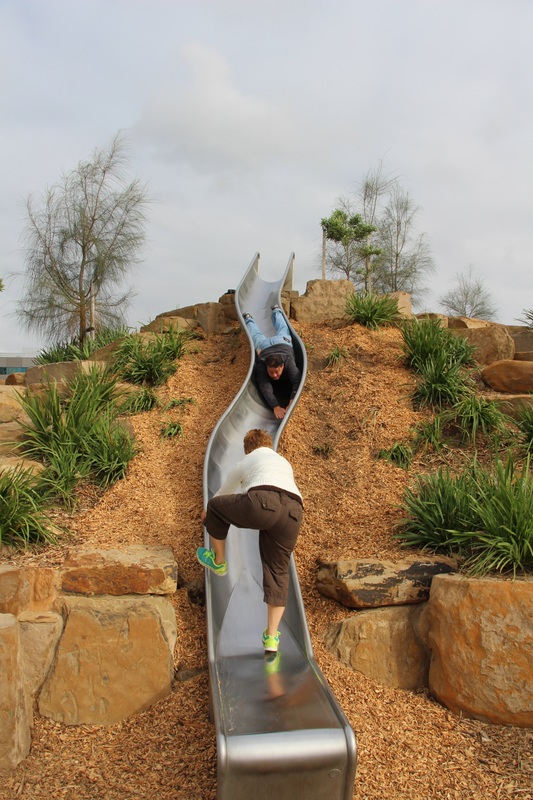
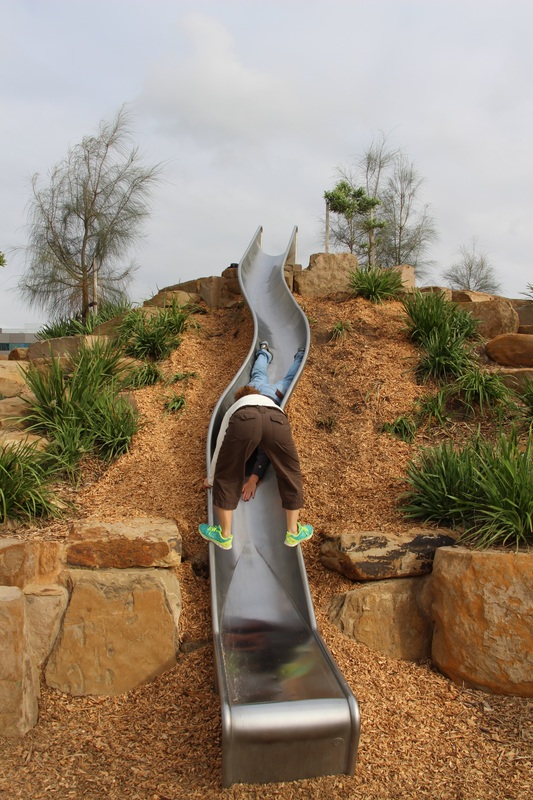
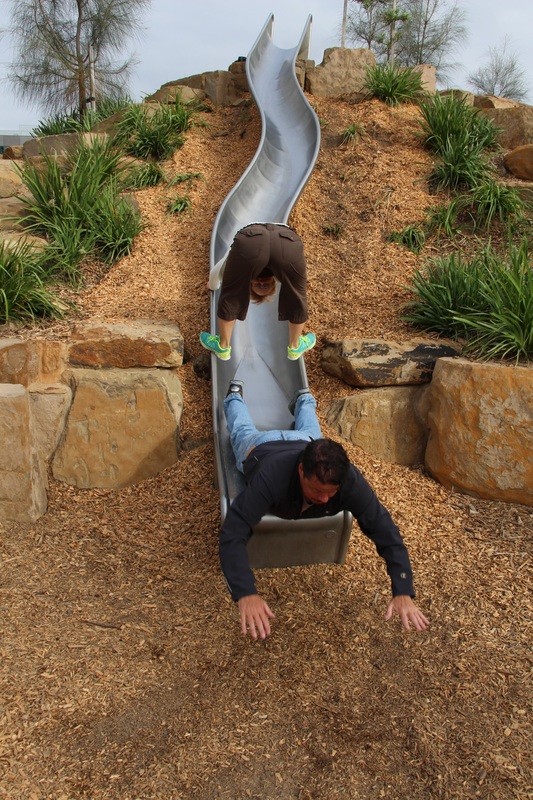
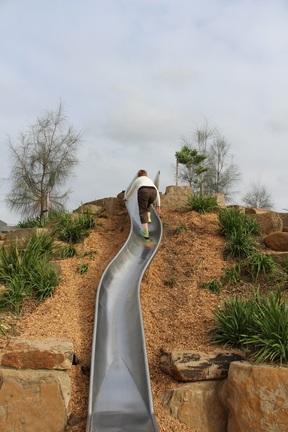
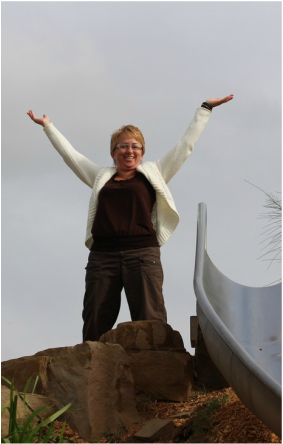
 RSS Feed
RSS Feed